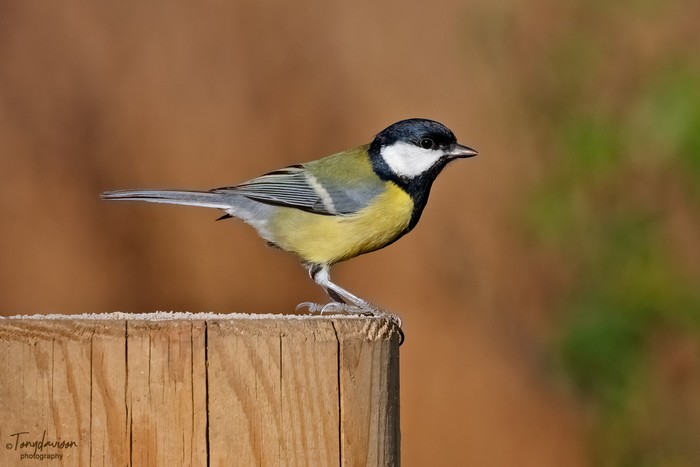Echoes of the Past: The Role of Age and Immigration in Birdsong Evolution
Long-term monitoring of Great Tits in Wytham Woods sheds light on the intricate ties between song culture and population changes.

In the dappled woodland of Wytham Woods in Oxfordhsire (UK) , a chorus of Great Tits (Parus major) fills the air each dawn. Their songs, long considered a form of communication and territorial display, are now also recognised as cultural artefacts - learned and passed down through generations. A recent study published in Current Biology by Merino Recalde et al. offers compelling insights into how demographic changes, such as dispersal, immigration, and ageing, shape these avian vocal traditions.
A Study of 100,000 Songs
Using an extensive dataset of over 100,000 Great Tit songs collected over three years, researchers employed deep learning techniques to examine how different demographic factors influence song variation and cultural turnover. Unlike previous studies that primarily focused on social learning and imitation, this research delved into the broader ecological and population dynamics that shape vocal culture.
The findings confirm that birds of similar age tend to share more similar song repertoires, while mixed-age neighbourhoods display greater cultural diversity. Immigration also plays a role, with incoming birds adopting local song variants yet contributing to diversity through their larger repertoires. Meanwhile, population turnover - caused by deaths and the arrival of new individuals - emerges as a key driver of cultural change.
The Role of Dispersal and Immigration
Dispersal, the movement of birds from their natal sites to new breeding territories, was found to homogenise song culture. Birds that travel farther tend to sing more common and widely shared songs, reducing cultural uniqueness within a population. However, immigrant birds, despite adopting local songs, were observed to have larger repertoires, subtly enriching the overall diversity.
“These findings align with broader theories of cultural evolution,” explains lead researcher Nilo Merino Recalde. “Just as human dialects change with migration and settlement patterns, bird songs reflect the demographic composition of their populations.”
Age and Cultural Stability
One of the most striking findings was the impact of age on song diversity. Older birds retain song types that are becoming rarer in the population, helping to slow cultural turnover. Conversely, in populations dominated by younger birds, song diversity is lower, and common song types persist. This suggests that age structure plays a crucial role in maintaining cultural traditions over time.
Implications for Avian Culture and Conservation
This study reinforces the view that culture in animals, particularly in birds, is not a static entity but a dynamic process shaped by social and ecological factors. The loss of older birds or increased turnover due to habitat disruption could accelerate cultural shifts, with potential consequences for communication and mate selection.
“Understanding these processes is critical for conservation efforts,” says co-author Ella F. Cole. “If habitat changes lead to increased turnover and reduced learning opportunities, we could see a decline in song diversity, potentially impacting population fitness.”
As research in animal cultures expands, studies like this provide a framework for understanding how demographic forces shape traditions in the wild. The Great Tit’s dawn chorus, once thought of as merely a biological imperative, now emerges as a living record of population history - an echo of past generations resonating through the trees of Wytham Woods.
14 Mar 2025
Share this story







